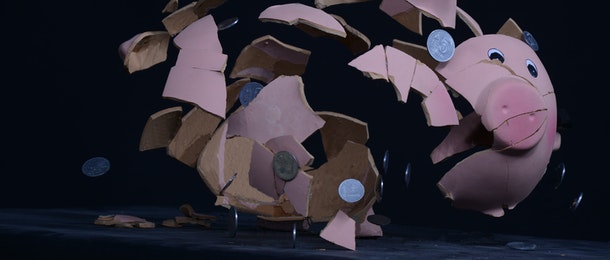SMSF members who have made an excess concessional contribution to their fund should not let it automatically be treated as a non-concessional contribution by the ATO as this course of action may disrupt other contribution strategies already put into place.
Heffron client relationship manager Sean Johnston said fund members who were unable to vary down their level of concessional contributions or use carry-forward concessional contributions should withdraw an excess rather than leaving it in their fund as a non-concessional contribution unless they have reviewed the impact of that latter decision.
“The best approach when dealing with an excess concessional contribution is to elect to release that from the super fund,” Johnson said during a recent webinar.
“When you get sent the notice from the ATO to say that you’ve got an excess, you have to make an affirmative decision and state you would like to take the excess out of the fund.
“At that point you can’t just take that money out, you have to wait for a release authority to come through from the ATO.
“After that the funds get released to the ATO less the 15 per cent tax that you’ve paid on it. They will add the amount to your income, assess it at your marginal tax rate, tax it accordingly, giving you a 15 per cent offset for the tax paid in the fund and refund the excess back to you.
“If you choose not to do that and leave it in the fund as a non-concessional contribution, it is not treated as such by default, it is a concessional contribution that gets treated as a non-concessional contribution for cap purposes.”
He said it was at this point that choosing not to withdraw the excess may lead to problems for some fund members.
“This may be a problem if the member is already over the point where they can make extra non-concessional contributions because of their balance or they might be in a bring-forward period or have even used up all of their bring-forward allowances in that bring-forward period.
“So most of the time, I would suggest that people release the money. The only downside is that it reverses any deductions that would have occurred.
“The member is going to wear some extra tax, but if it’s a personal concessional contribution, there’s no penalty because the tax you’re paying just offsets the increased deduction that you would have got and you end up in a nil overall tax difference to what you would have got had you just not put the excess funds in the fund in the first place.”




